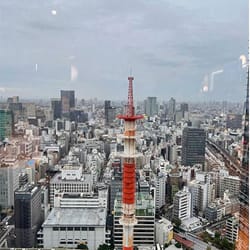Travel has always carried a sense of unpredictability, but in recent years, global conflicts and security threats have added an entirely new layer of complexity. As someone who thrives on exploring the world, I’ve seen firsthand how military tensions reshape the experience of crossing borders and taking to the skies.
One of the first challenges I encountered was the limited availability of airline tickets from Russian carriers. Political and security restrictions meant that purchasing flights often required extra planning or relying on non-Russian airlines, which were sometimes costly or fully booked. For a traveler used to flexible itineraries, this was a sobering reminder of how global events can suddenly narrow options.
Then came the moments that were more intense and memorable. Getting stranded at Istanbul Airport during a large-scale drone attack was unlike anything I’d experienced before. The bustling terminals went quiet, flights were grounded, and passengers sat glued to their phones, anxiously refreshing news feeds. The sense of vulnerability was palpable, and even though security measures were swift, the uncertainty of when (or if) flights would resume hung heavy in the air.
Another memorable setback came closer to final destination: Pulkovo Airport in St. Petersburg refusing to accept flights several times due to security alerts. Each time, schedules shifted, passengers were rerouted, and plans fell apart. These interruptions, though temporary, highlighted how fragile the travel ecosystem has become under the pressure of geopolitical risks.
Perhaps the most exhausting part of traveling during these times is longer flight times caused by no-fly zones. Routes that once took hours now require significant detours, adding not just time but stress to the journey. It’s a strange feeling, watching the flight path curve far out of the way, knowing that some areas are simply too dangerous to cross.
And yet, these experiences—delays, diversions, and disruptions—come with lessons. They remind travelers of the importance of flexibility, resilience, and situational awareness. They also underline the extraordinary work of aviation and security professionals who keep people moving even in the most challenging circumstances.
Traveling in times of conflict isn’t just about reaching a destination; it’s about navigating uncertainty, adapting to change, and appreciating every safe landing a little more than before.
- 2025.10.01
- Traveling the World in Times of Conflict: A Personal Journey Through the Turbulence of Global Skies






























































